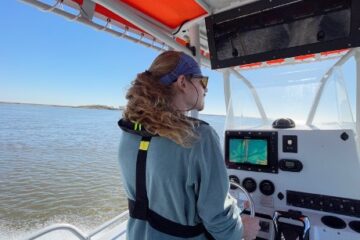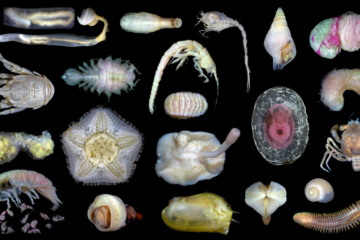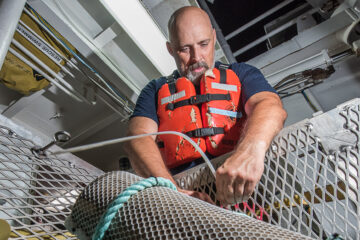Another paper out of the lab from our continued collaborations with the Payne lab at Stanford.
McClain, C. R., N. A. Heim, M. L. Knope, and J. L. Payne. 2018. Energy availability and the evolutionary paleoecology of the marine biosphere. Paleobiology online early.
The quantity of biomass in an ecosystem is constrained by energy availability. It is less clear, however, how energy availability constrains taxonomic and functional diversity. Competing models suggest biodiversity is either resource-limited or far from any bound. We test the hypothesis that functional diversity in marine bivalve communities is constrained by energy availability, measured as particulate organic carbon (POC) flux, in the modern oceans. We find that POC flux predicts the relative prevalence of ecological modes in both the Atlantic and Pacific Oceans. Moreover, the associations of ecological modes with POC fluxes are similar between the Atlantic and Pacific despite being based on independent sets of species, indicating a direct causal relationship. We then use the relationship between POC flux and the prevalence of functional groups in the modern to test the hypothesis that the trend of increasing functional diversity in bivalves across the past 500 Myr has occurred in response to increased POC flux. We find no evidence that the earliest-appearing modes of life are preferentially associated with low-POC environments or that the mean POC flux experienced by marine bivalves has increased across geological time. To reconcile the close association between ecological mode and POC flux in the modern oceans with the lack of evidence for increasing POC fluxes across time, we propose that POC flux has not increased substantially over time but, rather, the increase in bivalve functional diversity enabled bivalves to become more abundant, to occupy a broader range of environments, and to capture a greater fraction of the total POC flux. The results here suggest at the geographic scale of oceans and through geologic time bivalve diversity was not bounded by food availability.


